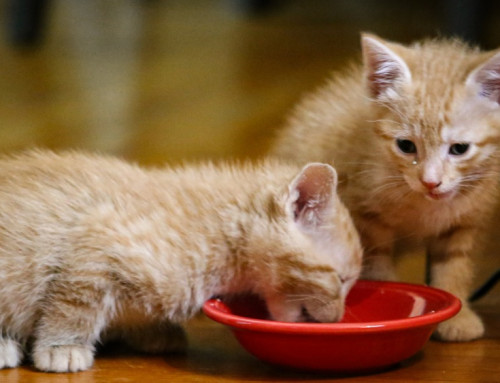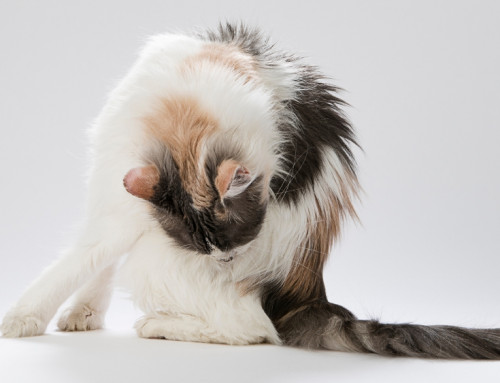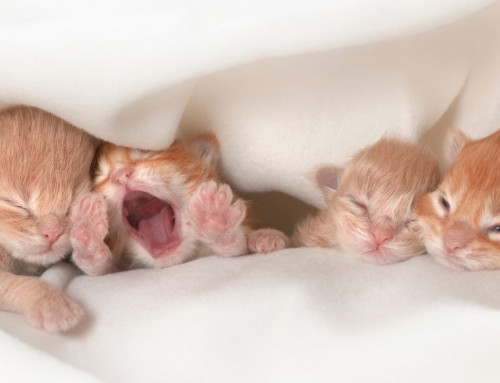Share this resource or email it to a friend!
Intestinal parasites can be wormlike (roundworms, hookworms, tapeworms) or one-celled protozoan organisms (coccidia, giardia, toxoplasmosis). In kittens, they are a common cause of diarrhea.
Fecal exams are very important for kittens with diarrhea, which can be life threatening. Fecal exams are also important when kittens strain to defecate, lack appetite, vomit or lose weight. Yearly fecal examinations are recommended for adult cats as part of an annual health exam.
There is no single deworming medication that treats all intestinal parasites. That’s why a fecal exam is important; it identifies what intestinal parasite/s a kitten has and ensures that effective treatment is provided. Some parasites, such as giardia, are difficult to detect using a fecal exam; many cases of giardia are diagnosed on the basis of medical history and clinical signs.
A fecal exam is usually done by examining a small sample of kitten stool (feces). It’s important to collect a fresh sample that’s less than 12 hours old. Use a clean plastic spoon to scoop up a small amount of feces. Place it in a clean plastic bag, container or poop bag, and transport it to your shelter, rescue or veterinarian right away. If you can’t deliver the sample right away, wrap it very well and store it in the refrigerator. Samples should be as fresh as possible for testing and not older than 24 hours. Samples which become hard or dried out may not be accurate for testing.
Trained veterinary, shelter or rescue staff may get a fresh fecal sample by gently sliding a lubricated fecal loop or gloved finger in a kitten’s rectum.
A fecal exam is done using one of the following methods:
1) Smear. A small amount of stool is smeared onto a microscope slide and examined under a microscope for parasites.
2) Flotation or float. A small amount of stool is mixed in a solution that causes parasite eggs and protozoan cysts to float to the surface and adhere to a microscope cover slip. The cover slip is placed on a microscope slide, which is examined under a microscope for parasites.
3) Centrifugation. A small amount of stool is placed in a test tube and mixed with a special fecal flotation solution. The test tube is spun in a centrifuge so that parasite eggs float to the top of the test tube. A cover slip is placed on the top of the test tube and then on a microscope slide, which is examined under a microscope for parasites.
A fecal exam is typically done “in house” at the shelter, rescue or veterinary office. It usually takes less than 1/2 hour from start to finish. However, in some cases, the fecal sample may be sent to an outside laboratory that uses special tests to detect some organisms that can’t be seen with a microscope.
Fecal exams can detect intestinal parasites and provide lifesaving treatment, especially for kittens.










